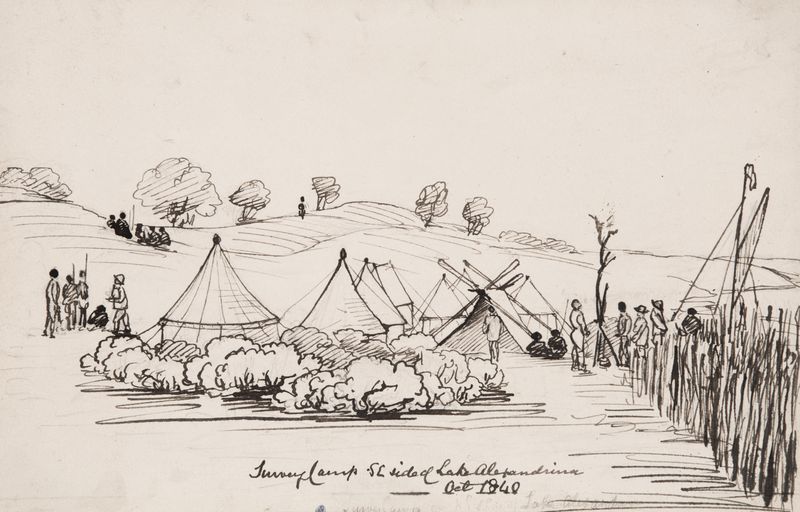
Survey Camp is a course that teaches both basic and advanced skills and practices, which are applied intensively over a certain period of time. Normally, it consists of at least 1-2 weeks working in the field and following another 3-5 days for data processing and finalized the survey report. In the survey camp, students will obtain extensive hands-on experience in the use of the conventional terrestrial surveying methods as well as assisted by the modernized GPS/GNSS, UAV/USV, Laser Scanner and GPR sensors in the essentials of survey practice. It is essential for Geomatics Engineering students to understand the difference between theoretical and practical work and the challenges that arise during fieldwork.
Each day in the survey camp, students are required to spend at least 8 hours of working in the field. Indeed, students are divided into groups; normally the incharge lecturer will appoint group leaders for each group; the leaders are responsible for all the works of his particular group and take good care of all the given survey equipments. Then, in the computer lab, students learn applications such as least square adjustment for GPS/GNSS control surveys, 3D land and topographic data processing, tidal processing and bathymetric depths processing, UAV data processing and generating contour, etc. The students use the dedicated software and program to transform the data collected from the field to topographic and bathymetric maps of the particular area. Thus, through this field practical survey, this gives the student confidence to work with good precision and accuracy in the future.
